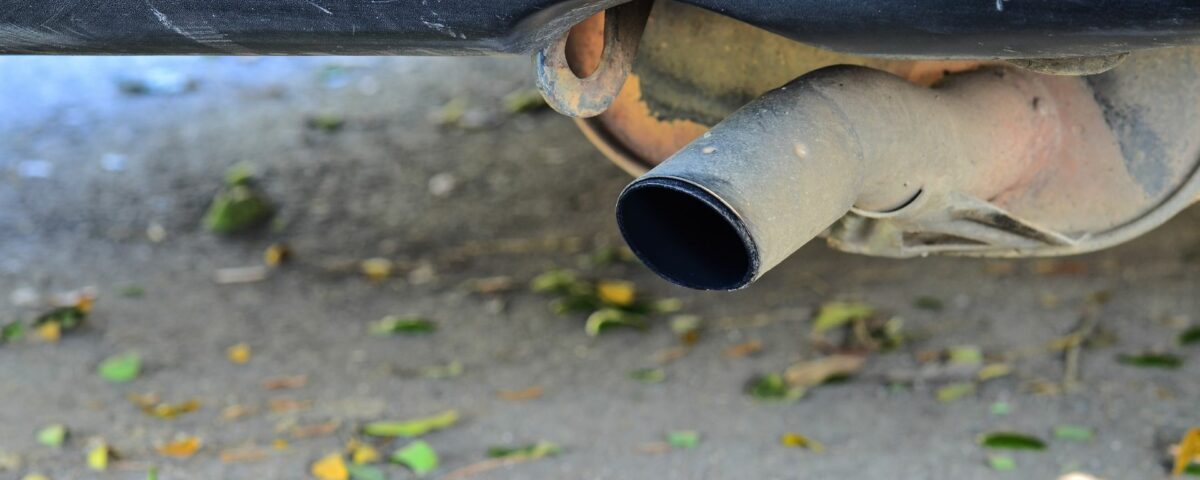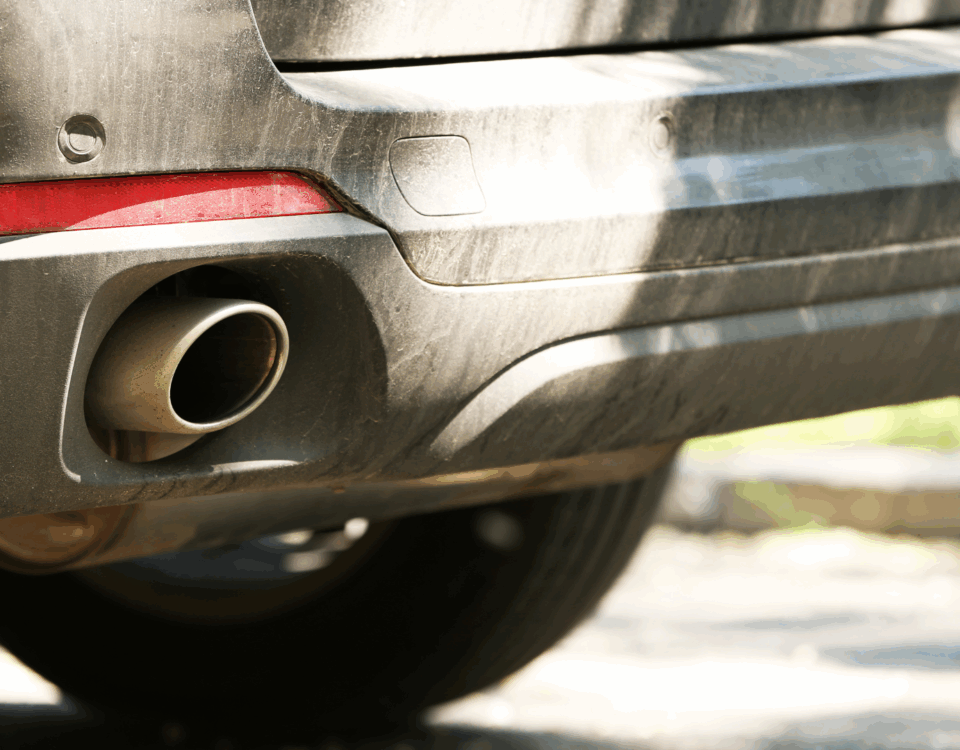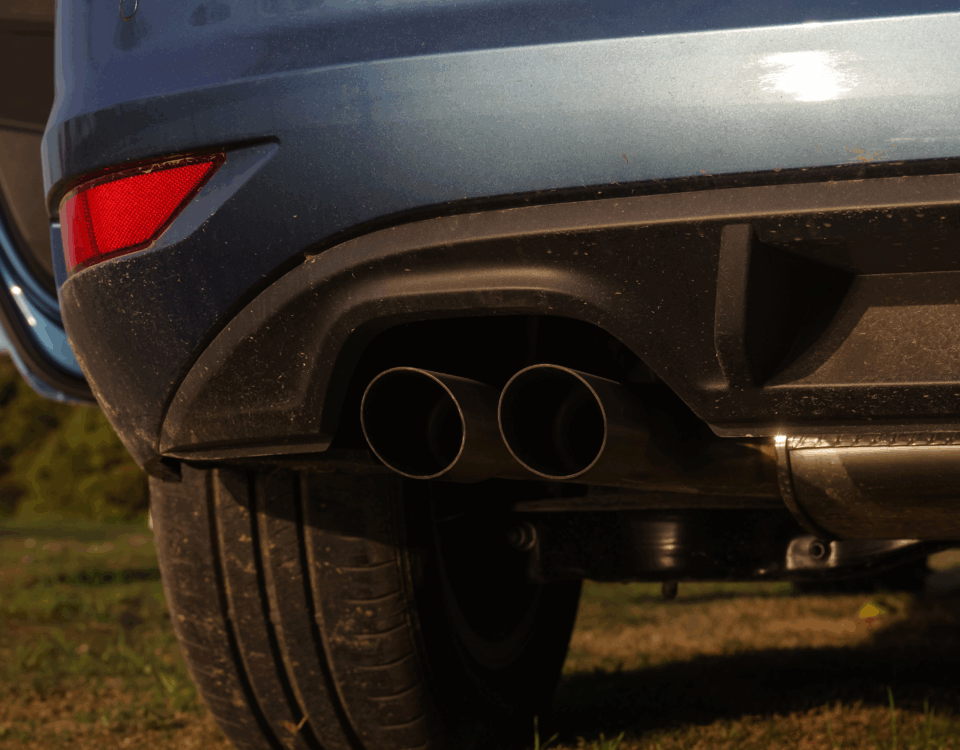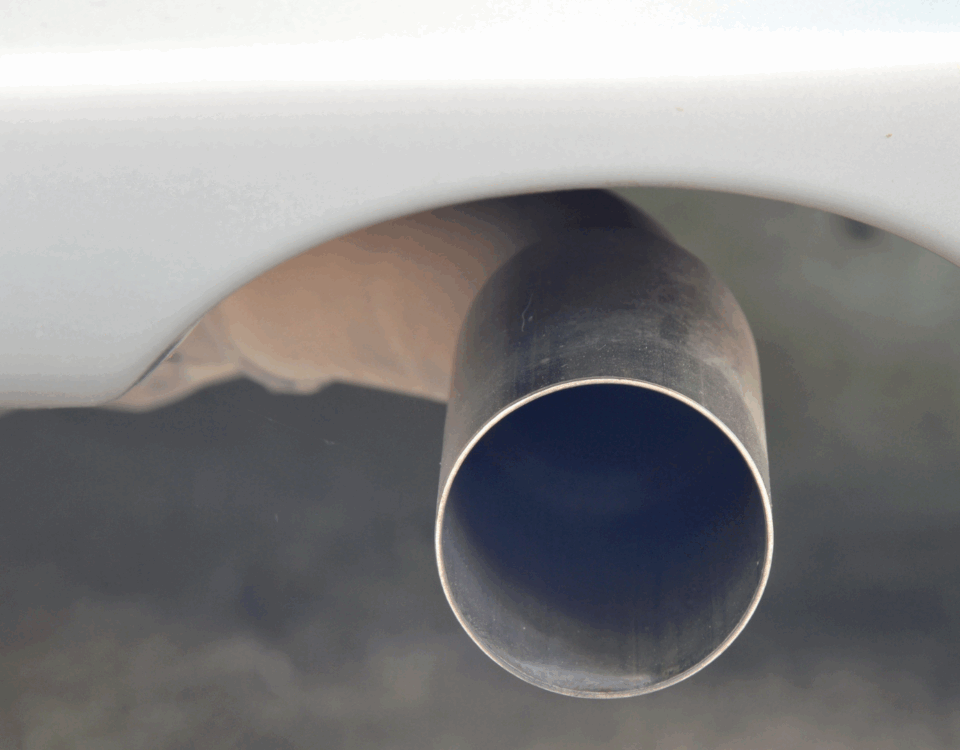
Expert Advice on Passing a Smog Check Easily
February 17, 2025
What to Do if Your Vehicle Fails a Smog Check: A Step-by-Step Guide
February 25, 2025Schedule Regular Maintenance Before the Smog Check
One of the best ways to pass a Smog Check is to keep up with regular vehicle maintenance. A properly maintained car emits fewer pollutants and runs more efficiently. Before the test, check the engine oil, replace the air filter, and inspect the spark plugs. Dirty or worn-out components can lead to increased emissions and potential test failure.
It’s also important to check the oxygen sensor and catalytic converter. These components play a vital role in controlling emissions. If the oxygen sensor is faulty, it can cause an incorrect fuel-air mixture, leading to excessive pollution. A mechanic can run diagnostic tests to ensure everything is working correctly before the Smog Check.
Make Sure the Check Engine Light is Off
A check engine light is an automatic failure in most Smog Check stations. If the light is on, use an OBD-II scanner to identify the issue. Many auto parts stores offer free diagnostics, helping you determine if the problem is minor or requires professional repairs.
In some cases, a loose gas cap can trigger the check engine light. If tightening the cap does not turn off the light, resetting the car’s computer may be necessary. However, clearing the code without fixing the issue will not help during a Smog Check. The onboard computer records past errors, and testing stations can detect recent resets.
Warm Up Your Car Before the Smog Check
Engines run more efficiently at optimal temperatures. To ensure accurate emission readings, drive your car for at least 15-20 minutes before arriving at the Smog Check station. A warm engine improves combustion efficiency, reducing the risk of elevated emissions.
If your vehicle recently had a battery replacement or diagnostic reset, drive it for at least 100 miles before the test. This allows the onboard computer to gather new data and accurately reflect the car’s emission levels. Without enough driving time, the test may show incomplete data, resulting in a failed Smog Check.
Use Fuel Additives to Reduce Emissions
Fuel additives can be an effective way to clean your car’s engine and lower emissions. These products work by removing carbon deposits from the fuel injectors, intake valves, and combustion chambers. A clean engine burns fuel more efficiently, reducing harmful pollutants in the exhaust.
It’s best to add the fuel cleaner to a full tank and drive at least 100 miles before the test. This gives the additive time to circulate through the system and break down deposits. Some high-performance additives are specifically designed to help pass a Smog Check, making them a useful tool if your car has borderline emission levels.
Choose a Certified Smog Check Station
Not all Smog Check stations are the same. Some locations offer free retests, while others may provide pre-inspection services to identify potential issues. Look for state-certified stations with good customer reviews and experienced technicians.
If your vehicle does not pass the Smog Check, a reputable station will explain the failure and offer recommendations for repairs. In many cases, minor fixes like replacing a gas cap or repairing a small vacuum leak can resolve the issue. Addressing these problems before the test can save time and prevent unnecessary retests.






